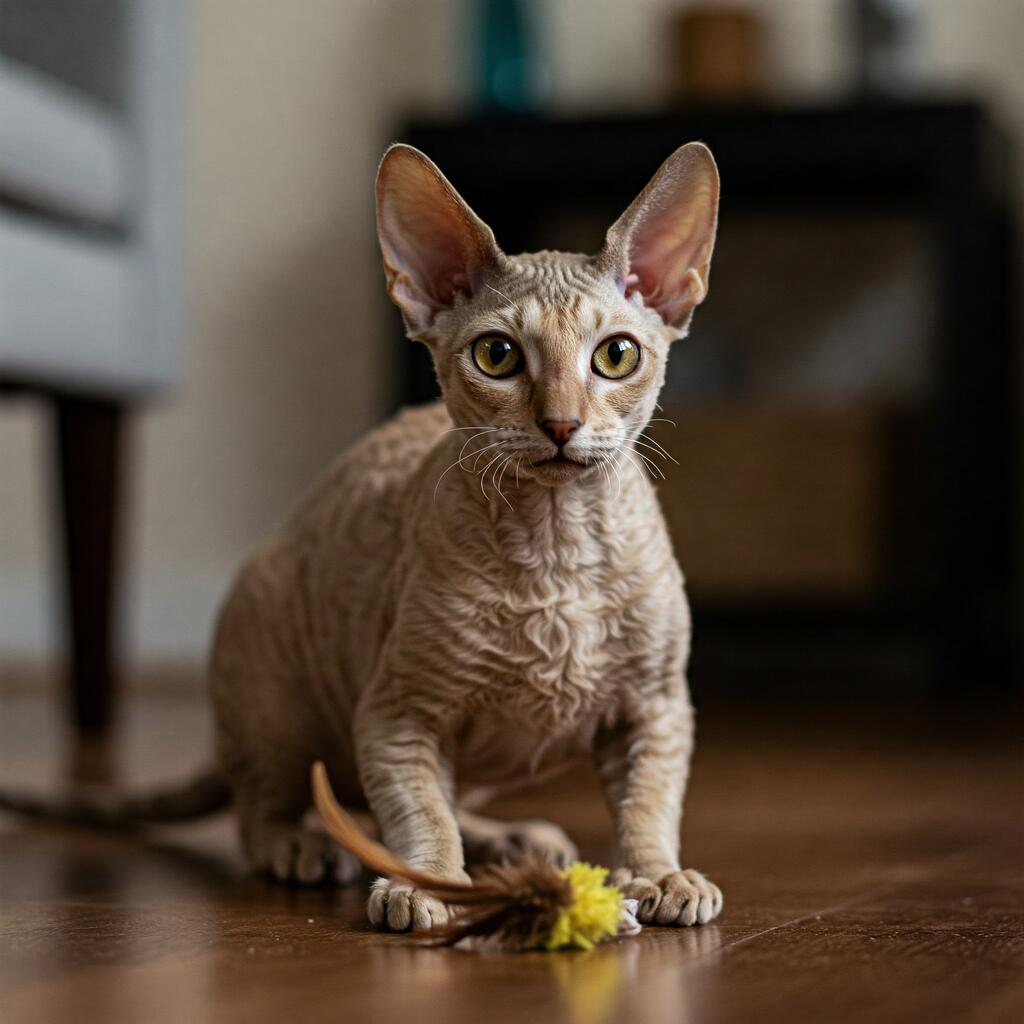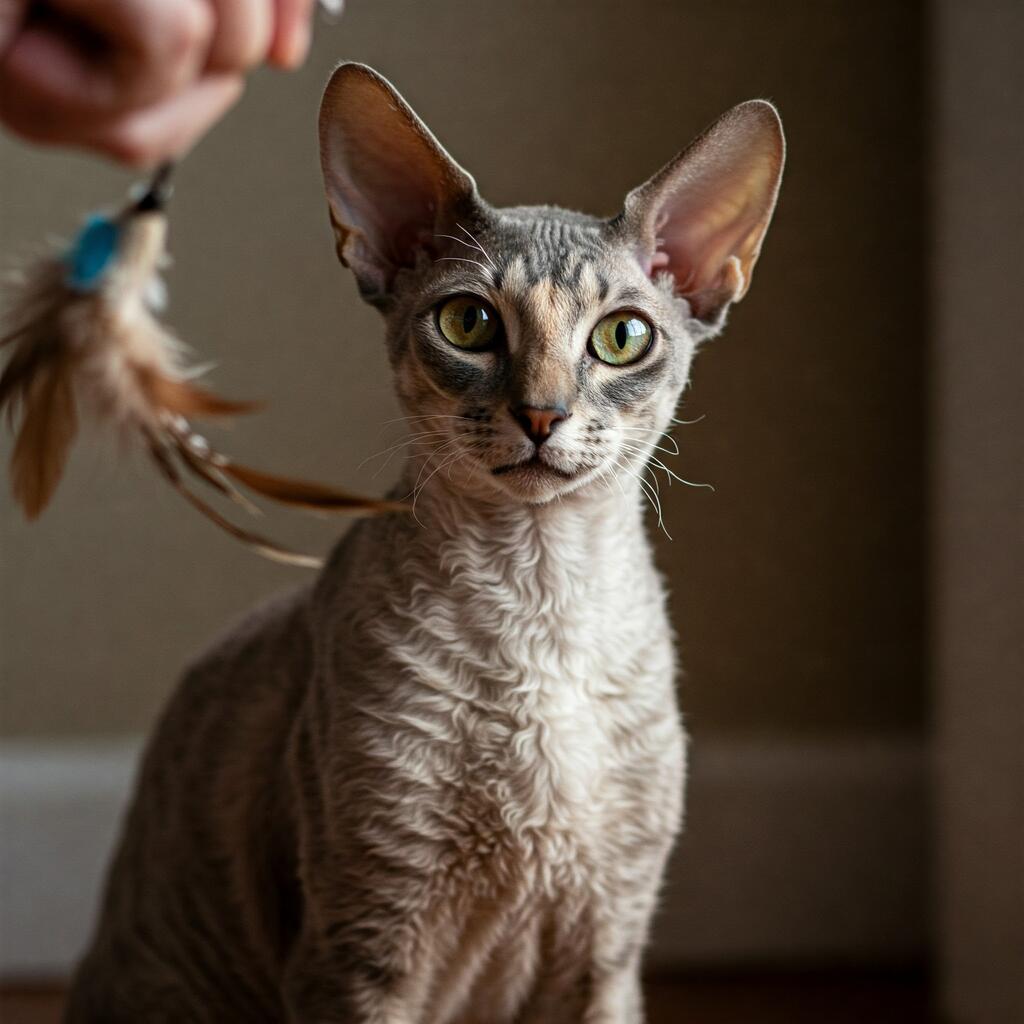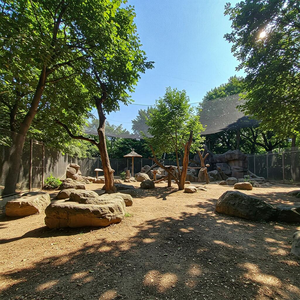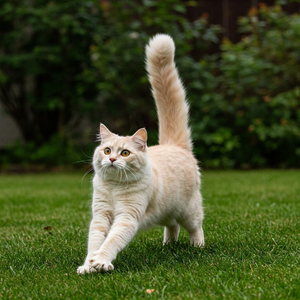
Cornish Rex Cat: The Curly Wonder Unveiled
The breed of the Cornish Rex cat is rather young. The first specimen, the result of a spontaneous mutation through the mating of a calico cat, i.e. a tricolour and an unknown sire, was born in 1950. This took place in Cornwall and this kitten was named Kallibunker. It was the only one of the litter, indeed the only one, as it was a kitten, to have curly hair. The name of the Cornish Rex was chosen later: Cornish for the area of its birth, Rex for the resemblance of its fur to that of a rabbit called Astrex.
The calico cat gave birth a couple of years later to two more short and curly-haired males. A descendant of one of the males was crossbred with British Shorthair and Burmese, thus varying the colour and creating the new English Cornish. In 1957, a descendant of the Calico she-cat was imported to America, where two breeders created the American Cornish by crossing the she-cat with Siamese and Orientals.
During selection they tried to mate Cornish cats with Devon, but all the kittens turned out to be smooth-coated, proving that the breeds are the result of two different genetic mutations. Continuing the selection, we find crosses with other breeds with light bones and this is where the elegance of this small feline comes from. And because of its stylised appearance it is comparable to greyhounds - think of the fact that these cats also have the same shape in their abdomen.
Character of the Cornish Rex Cat

With children, it is particularly protective and never gets tired of playing. It is a cat that suffers from loneliness, so it is not good for those who are away from home for a long time, which is why it also accepts the company of other cats and even dogs, but it has a dominant disposition and needs to be socialised from an early age so as not to give free rein to this tendency.
Another curious characteristic of many of these cats is that they like to raise themselves on their hind legs to take their owner's hands and bring them to their head to be cuddled. With strangers he is curious and it is enough to respect his pace that he makes friends easily. He emits various types of meows and also other noises that can become annoying if he is not educated from an early age. If he realises that he is attracting attention with his meowing, he will not stop meowing, as he is a cat that loves to be noticed.
Appearance of the Cornish Rex Cat

Its body is of medium size, elegant strong and muscular, while its bone structure is delicate. The legs are long, straight and slender and the tail is long, fine and thin, covered with wavy fur.
The head is wedge-shaped, longer than wide, with large oval eyes of a bright, pure colour in accordance with the coat. The ears are distinctive, very large and rounded at the tips, covered with fine hair.
The coat, as already mentioned is short, very thick and soft, curled, particularly on the back and flanks. As far as coat colours are concerned, all colours are permitted, the most common however being black and blue without white spots and tiger spots.
Care and health of the Cornish Rex Cat

As far as grooming is concerned, it is a cat that requires almost no care. It does not lose hair even during the moulting period and a wipe over its fur with a chamois skin is sufficient to make it particularly shiny and wavy. It would be a good idea to get him used to bathing at least two or three times a year from an early age.
He greatly fears the cold, so you should avoid exposing him to draughts. It is also advisable to pay particular attention to its diet, as this kitten tends to eat a lot, and even if it is active it may have obesity problems.










